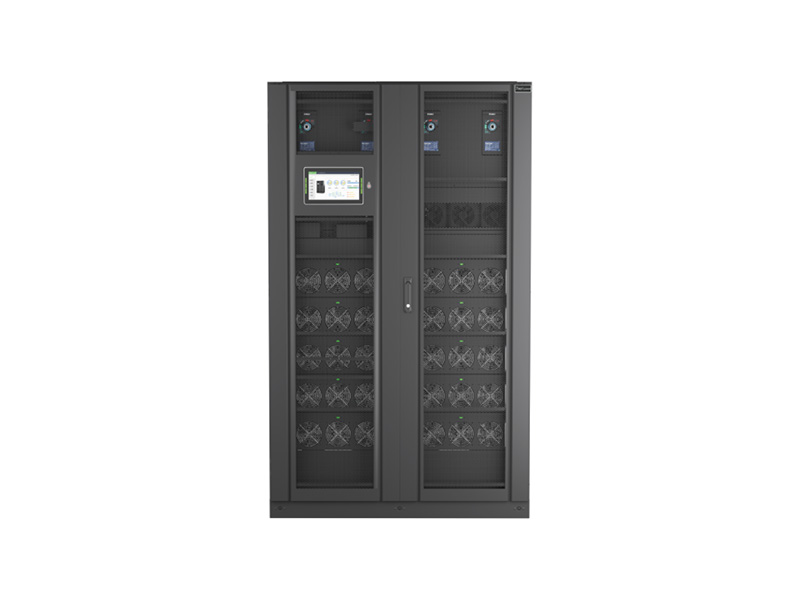language
Installing an Uninterruptible Power Supply (UPS) is a crucial step in protecting sensitive electronic equipment from power outages, voltage fluctuations, and electrical noise. Whether the UPS is being used in a home office, commercial facility, or industrial environment, proper installation is essential for ensuring both performance and safety.This guide outlines the best practices for installing uninterruptible power supply system to help users avoid common pitfalls and get the most out of their investment.
1. Assess Power Requirements
Before installation, determine the total power load that the UPS needs to support. Add up the wattage or VA (Volt-Ampere) rating of all the devices you plan to connect. It’s advisable to select a UPS with a capacity at least 20–30% higher than the total load to allow for future expansion and to ensure the system runs efficiently.
2. Choose an Appropriate Location
The placement of your UPS is critical. It should be installed in a location that:
Has adequate ventilation to prevent overheating.
Is free from dust, moisture, and corrosive gases.
Is away from direct sunlight and heat sources.
Provides easy access for monitoring, maintenance, and emergency shutdown.
In larger environments, a dedicated power room or network closet may be ideal. In smaller setups, under-desk or wall-mounted units can be used, provided airflow is not obstructed.
3. Ensure Proper Grounding
Proper grounding is vital for electrical safety and for the UPS to function correctly. The UPS should be connected to a properly grounded electrical outlet or distribution panel. An improper or floating ground can lead to equipment malfunction, damage, or safety hazards.
4. Use the Correct Input and Output Connections
Follow the manufacturer’s guidelines when connecting the UPS to your main power source and to the protected equipment. Use appropriately rated cables and connectors, and double-check the input voltage requirements (single-phase or three-phase) to match your electrical system.
If the UPS supports hardwired connections, a licensed electrician should handle the installation to ensure compliance with local electrical codes.


5. Avoid Overloading the System
Connect only the essential equipment that requires backup power. Avoid plugging in high-wattage, non-critical devices such as printers or coffee machines. Overloading the UPS can shorten battery life and prevent it from functioning correctly during a power event.
Many UPS systems include software or display panels that show current load levels, allowing users to monitor and manage connected devices effectively.
6. Allow Adequate Startup Time
After connecting all equipment, power on the UPS before switching on the connected devices. This allows the UPS to initialize correctly and begin supplying clean, regulated power. Check that the battery is fully charged and that there are no warning indicators before putting the system into active use.
7. Enable Remote Monitoring (if applicable)
For systems that support network connectivity, configure remote monitoring and management software. This allows users to track battery health, load levels, and input/output voltage in real time and receive alerts for abnormal conditions. Remote monitoring is especially useful for critical installations or locations without constant staff presence.
8. Schedule Regular Maintenance
Preventive maintenance extends the life of your UPS and ensures it will perform when needed. Establish a maintenance schedule that includes:
Visual inspections for dust or physical damage.
Battery checks and calibration.
Load testing under simulated power failure conditions.
Firmware or software updates if applicable.
For larger or mission-critical systems, consider an annual inspection by a qualified technician.
9. Keep Documentation Accessible
Store user manuals, wiring diagrams, and warranty documents in a known and accessible place near the UPS installation. This will be helpful for quick reference during maintenance, troubleshooting, or in an emergency situation.
10. Train Key Personnel
Ensure that relevant team members are familiar with the UPS system, including how to check status indicators, respond to alarms, and perform a safe shutdown if needed. In critical environments, proper training can significantly reduce response times and risks during power disturbances.
Conclusion
A properly installed UPS is more than just a backup power device—it’s a crucial part of a comprehensive strategy to protect your operations and equipment. By following these best practices, you can ensure reliable performance, minimize risks, and maximize the lifespan of your UPS system.